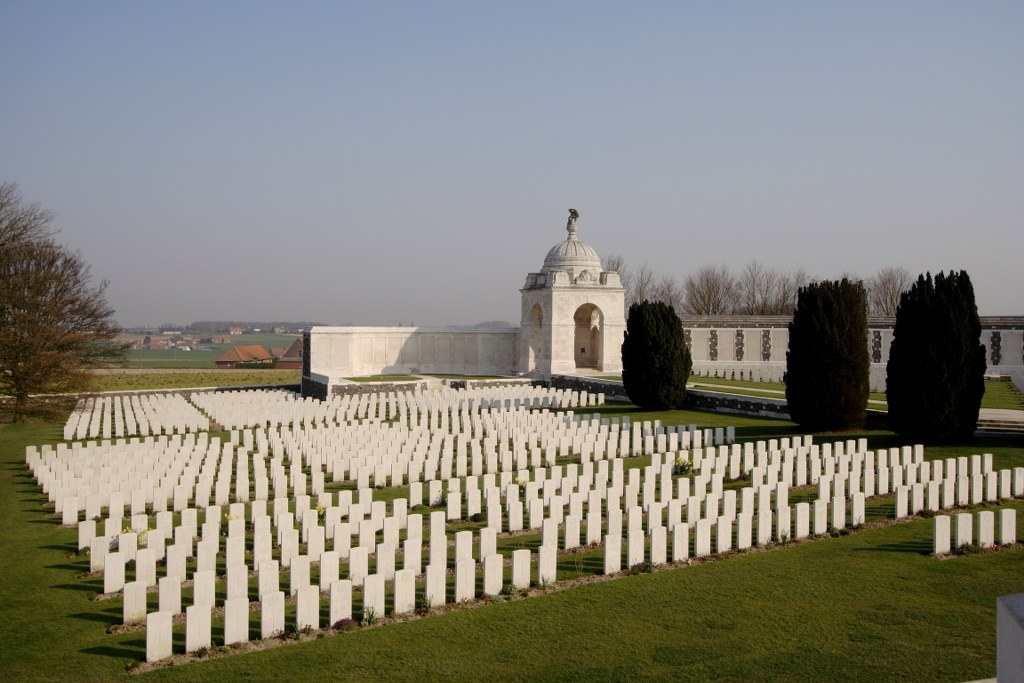Commonwealth War Graves Commission Selects Asigra
Delivered by DR firm Techgate
This is a Press Release edited by StorageNewsletter.com on March 20, 2014 at 2:31 pmAsigra Inc has been selected by the Commonwealth War Graves Commission (CWGC) for Asigra-based cloud backup services delivered by DR specialists Techgate plc.
CWGC was able to reduce the complexity and management overhead of their backup environment while improving overall performance for the organization.
It ensures that the 1.7 million men and women of the Commonwealth forces who died in the two world wars will never be forgotten. The organization cares for cemeteries and memorials at 23,000 locations across 153 countries. Because of the important records maintained by the Commission, a reliable backup solution is necessary to ensure the data is always accessible. CWGC had been reliant on tape backup by Symantec Corp., but this was a distributed technology that required each backup environment to be managed independently around the world. Furthermore, because tapes were stored offsite and required significant manual processes to recall the data, a full BC plan invocation would take far too long – approximately 30 days.
The CWGC maintains and manages more than 20TB of data with more than 4TB of historical casualty records. This data is located across disparate physical locations and continues to grow in size. The Commission’s legacy tape backup solution was having difficulties keeping up with the growing volume of data which was causing issues with backing up the information within a finite backup window and recovering data in a timely manner. Because the tape system’s recovery times were 30 days to restore all non-critical data and at least 24 hours for critical data, it became a major risk to day-to-day operations. CWGC needed to improve recovery times in order to ensure BC for the long term.
“Because of the importance of the records we keep, data availability is very important to the mission of CWGC,” said Will Webster, head of IT, CWGC. “The Symantec tape backup solution we had in place was no longer able to support this mission and therefore needed to be replaced. During our review process for alternatives, we determined that key criteria should not only include backup and recovery performance but also management simplicity for the sake of operational efficiency.“
CWGC removed its tape backup systems and deployed the Asigra cloud-based recovery solution to six of its locations throughout Europe, backing up 80 servers over those locations. Each of these environments included Windows-based servers as well as Hyper-V virtualized servers with multiple databases (including SQL and Exchange) in place across these systems. Looking to extend out to South Africa and other regions, the UK deployment became a proving ground for the technology.
Benefits of Asigra Cloud Backup for CommonWealth War Graves Commission include:
- Elimination of the complexity and time caused by tape backup;
- Improvement of recovery speed and reliability;
- Reallocation of IT staff for more strategically important operations;
- Greater uptime assurance, and
- Lower overall costs.
“In conjunction with Asigra, we have shown CWGC a clear and modern alternative to tape backup. With initial deployments of the backup service in place, Asigra has proven effective at simplifying backup and recovery processes for the organization,” said Chris McDonnell, solutions delivery manager, cloud services, Techgate. “We look forward to supporting additional DR requirements for the Commission as they benefit from the operational improvements enabled by cloud Backup. As with most of our customers, UK data domicile, compliance and security, were key requirements.“
“Organizations globally are making the switch from archaic tape-based data protection to the cloud because of the ability to scale efficiently and securely without sacrificing access,” said Tracy Staniland, VP, corporate marketing, Asigra. “Asigra Cloud Backup has helped The Commonwealth War Graves Commission to improve the performance of their backup infrastructure while reducing the cost structure for greater overall value.“














 Subscribe to our free daily newsletter
Subscribe to our free daily newsletter


